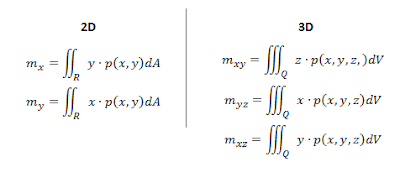 In one of our problems, we reversed the path our particle in our line integral would take and we got the exact opposite answer. But what if instead of reversing the path, we reversed the vector field? The answer we arrived at was that it would not yield the same answer. The reversed vector field wouldn't affect the path that the particle took in the same way.
In one of our problems, we reversed the path our particle in our line integral would take and we got the exact opposite answer. But what if instead of reversing the path, we reversed the vector field? The answer we arrived at was that it would not yield the same answer. The reversed vector field wouldn't affect the path that the particle took in the same way.If you look closely, the angle between the original vector field and the tangent to the curve is slightly larger than that of the reversed vector field. So reversing a vector field won't necessarily generate the opposite amount of net work done by the particle, but does yield some interesting phenomenon in physics.
For instance, if you shatter a glass, every resulting shard has a force vector pointing outwards from the origin of, shall we say, collapse? Well, what if we reversed all those vectors? Would the glass come back together? (Link below)
Skip to around 6 seconds and imagine freezing a glass that had just shattered and reversing all those force vectors. And perhaps this would happen.
It's definitely an interesting thing to picture in your head!

























